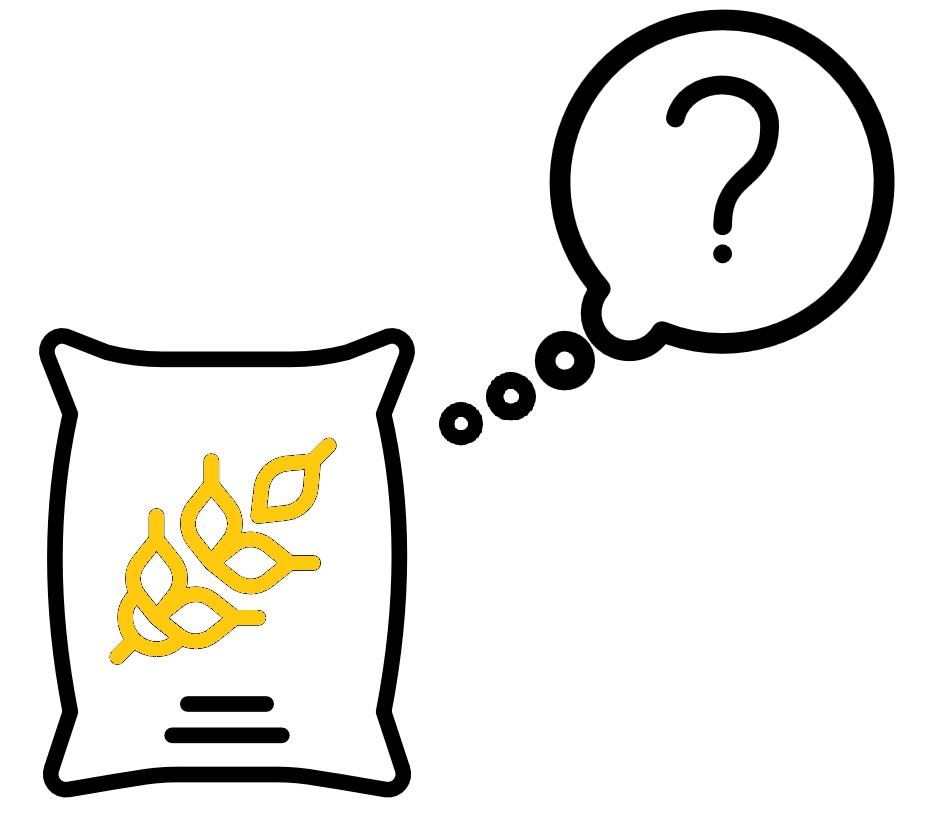Practically everything you see in the USA labeled as “whole wheat” is not whole. Did we just blow your mind? Sorry, not sorry.
How do we know that this is true? Because there is just not THAT MUCH whole wheat flour being milled. According to the amazing and thorough article, Bread is Broken b“today, whole-wheat flour accounts for only 6 percent of all flour produced in the United States. And most whole-wheat products sold in supermarkets are made from roller-milled flour with the germ and bran added back in.”
Germ and bran added back in. Did you get that? And often, they are added back in totally unnatural proportions. No wonder so many people are having problems digesting wheat these days! The industrial flour system basically creates Franken-flour to maximize profits. After all, consumers will pay more for something labeled “whole wheat.”
Here’s the main problem with doing this germ-bran-endosperm mix and match: to actually get the full benefits of whole wheat, the wheat kernels have to be milled and then the resulting flour has to be bagged, without anything being added or subtracted. A flour that is produced from milling to bagging, without anything being added or subtracted, is VERY hard to find.
But of course, we found some. After all, good wheat is an essential part of the Italian (or generally Mediterranean) diet. Our miller Fillipo Drago of Molini del Ponte makes real whole wheat flour. “When I make flour, I do not mill, refine, separate, and recombine. My flour is born whole. My flours are milled WITH the germ and bran, nothing is taken out or re-added later. That is why the color is so beautifully homogeneous, there are no black specs, or brany bits because everything is milled together.”
That’s exactly how he makes his Castelvetrano Flour, our go-to farina integrale. To call it “whole wheat” would be a disservice, it is BEYOND whole wheat. It is “the juice of the wheat kernel,” as Filippo likes to say. He also uses that flour to make this amazing beyond whole wheat Busiate pasta. Its flavor puts all other “whole wheat” pastas to shame.
And that’s really the end game, the flavor. You can TASTE the difference between real whole wheat flour and weird recombined “whole wheat” flour. In the words of the heroic Dan Barber, “studies show that the nutritional benefits of whole grains can be gained only when all the edible parts of the grain – bran, germ, and endosperm – are consumed together.” Yes. The nutritional benefits also mean great taste and rich flavor. Whole wheat flour should not taste neutral or like cardboard. It should taste rich, nutty, and complex. Just bake a loaf with Filippo’s Castelvetrano Flour, for example. You will notice flavors of nutmeg and cinnamon, that’s natural, in the wheat, the whole wheat.
